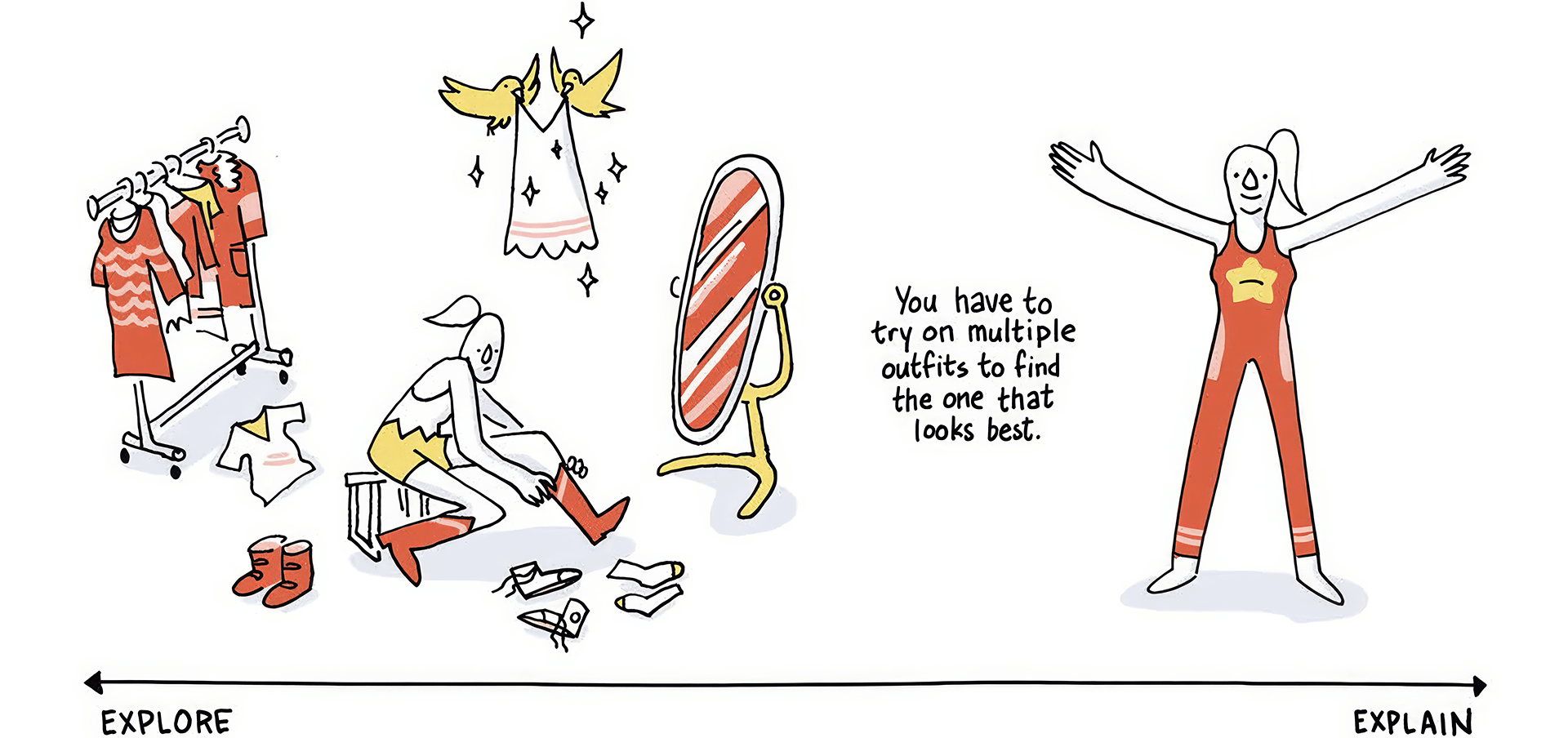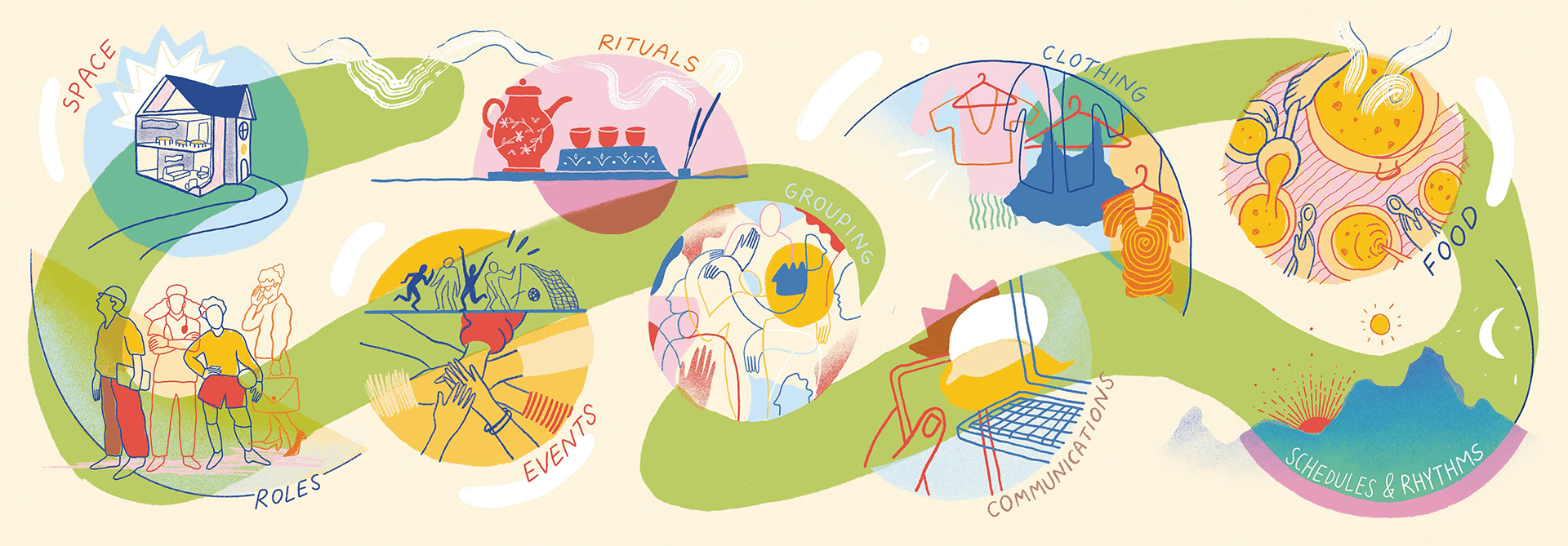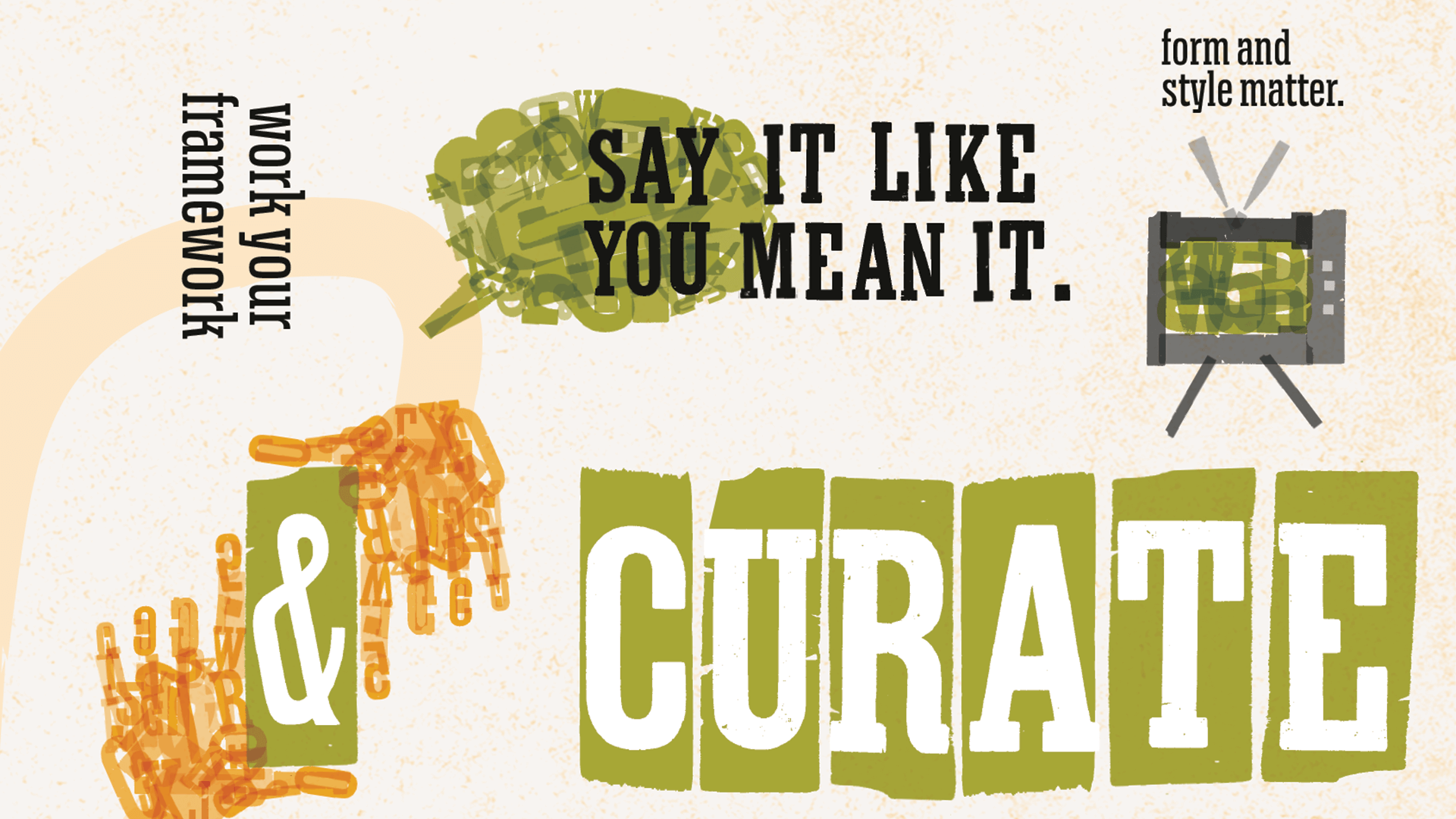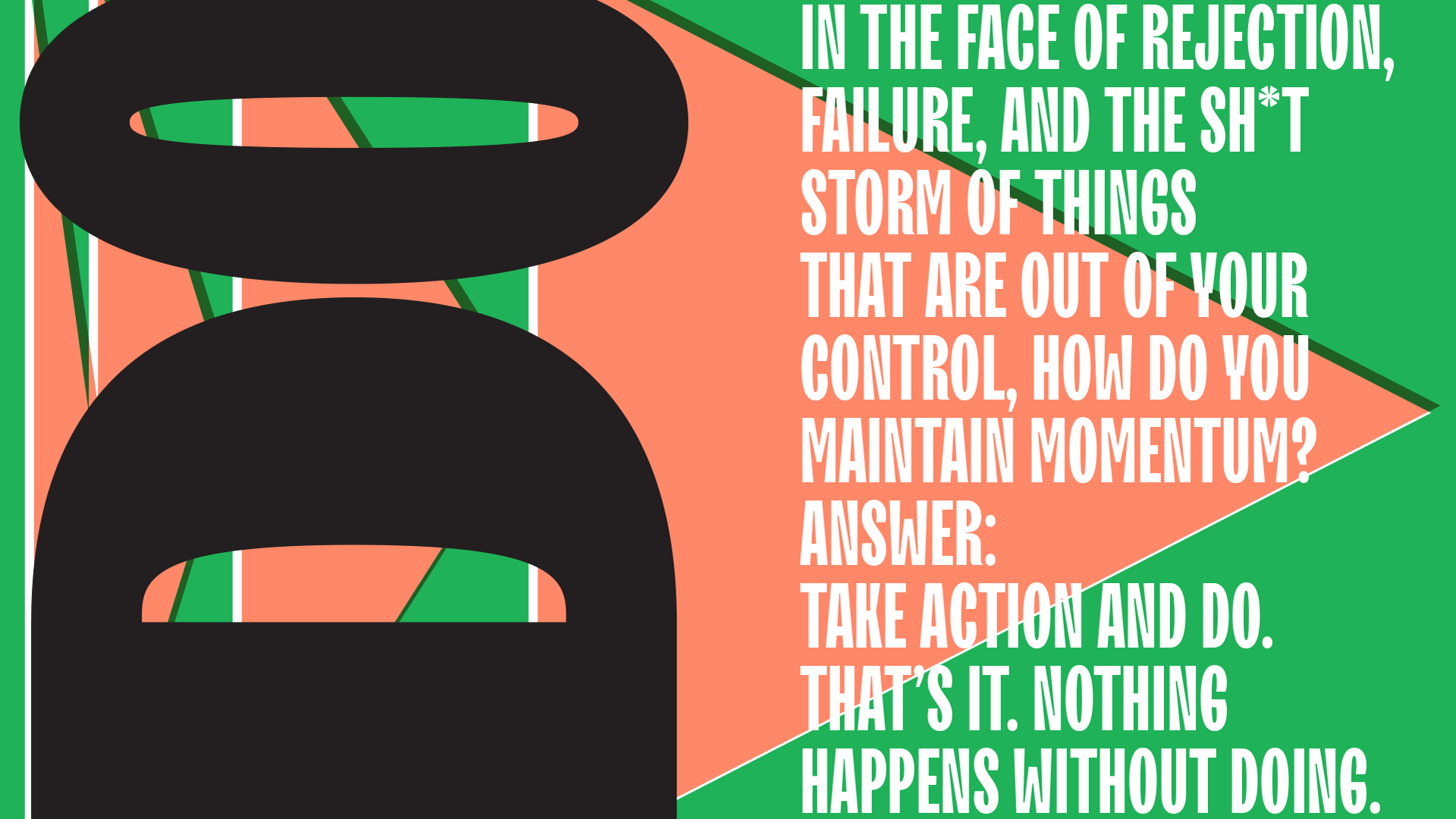IDEO Founder David Kelley shares design lessons from the Stanford d.school

At some point in my career, I shifted from being the guy designing the thing, to the guy building the stage for others to do the work.
Founding Stanford’s Hasso Plattner Institute of Design, known to most as the d.school, was a big part of that. The goal of the d.school has always been to bring diverse disciplines together to solve problems, and to help people gain creative confidence.
But we’ve never wanted our methods and capabilities to be siloed within our walls. That’s why I’m so proud to share the collection of design guide books the d.school has published, written by colleagues and friends with whom I’ve had the opportunity to work and teach. To give you a sense of what you can find in them, I’ve asked the editors at IDEO to spotlight some of the things they particularly liked, so that we could have the pleasure of sharing them with the broader community. I am giving them as holiday gifts this year and our friends at Porchlight Books are offering a special discount if you want to do the same. Enjoy!
—David Kelley

The Secret Language of Maps by Carissa Carter
Whatever you think this book might look like, get ready for a surprise. Instead of a dry how-to, Carissa Carter, the academic director at the d.school, opens her book with the first chapter of a murder mystery, using a set of clues to illustrate a lesson on the wide range of forms that maps can take. Cartographic formats, data exploration, and methods are woven in between the chapters, drawing on the clues and themes to not only help you solve the mystery, but also expand your definition and understanding of what maps can be, and how you can craft your own. More than a clever manual that is useful for anyone making maps or graphs, The Secret Language of Maps breaks ground on an entirely new genre of instructional storytelling.

Design for Belonging by Susie Wise and Design Social Change by Lesley-Ann Noel
Together, these two books offer paths to help navigate building a more inclusive world.
Dr. Susie Wise, the founder and former director of the K12 Lab Network at the d.school, breaks down Design for Belonging into three chunks: the feeling of belonging, the moments during which belonging occurs, and the process of shaping your context so that belonging can emerge. The first chunk has exercises to help designers uncover what it really feels like to belong, while the second invites you to deconstruct belonging in your own life and the systems you dwell in—from the experience of entering a place of work to shopping in a grocery store, to how you share invitations with others. The final third details the design levers you can pull to engender inclusivity, from the spaces you meet in to the rituals and groupings you create—even what you choose to wear. “When people feel like they belong, they are able to be their best and do their best,” she writes.

In Design Social Change, author Lesley-Ann Noel offers a roadmap for transforming social norms, structures, and behaviors. The book includes a process guide that lays out all the steps of social change, from building a team to generating ideas and refining prototypes, but also opportunities to look inward, raise critical awareness, and understand the different types of oppression in the world around you. The “Checklist for Equity in the Design Process” is a particularly useful tool for designers to check their assumptions, ensure that they’ve considered all the stakeholders, and think through the consequences of their designs, while “Strategies for Thriving in the Face of Hostility” offers helpful methods for anyone trying to dismantle systems of oppression.

You Need a Manifesto by Charlotte Burgess-Auburn
Why do you need a manifesto, you ask? “In this age, where it seems like everyone is being recruited by everyone else every moment of the day, you need a way to recruit yourself to your own cause, a method for collecting and considering your own power to create and to make positive change in a world that sorely needs it,” writes Charlotte Burgess-Auburn, director of community at the Stanford d.school. What follows is a guide to composing your own manifesto, with recommendations for sources of inspiration and wisdom, thoughts on 21st Century design ethics, and even how to spread the word. Figure out what to say yes and no to, and what you want to go after by following this helpful guide.

Make Possibilities Happen by Grace Hawthorne
The first page of this book declares it an “operator’s manual for you and your wits!” That includes a long list of activities to help you activate your ideas and creativity, including Duchamp-inspired exercises and visualizations, a guide to focusing on the things in your project you can actually control, and help crafting a pitch of your idea. Both a kick in the pants and a hand to hold, this book is great for folks looking to get their creativity into the world.
The full collection also includes: Drawing on Courage by Ashish Goel; Navigating Ambiguity by Andrea Small and Kelly Schmutte; This Is a Prototype by Scott Witthoft; Creative Hustle by Olatunde Sobomehin and sam seidel; and Experiments in Reflection by Leticia Britos Cavagnaro.
Words and art

Subscribe

.svg)









